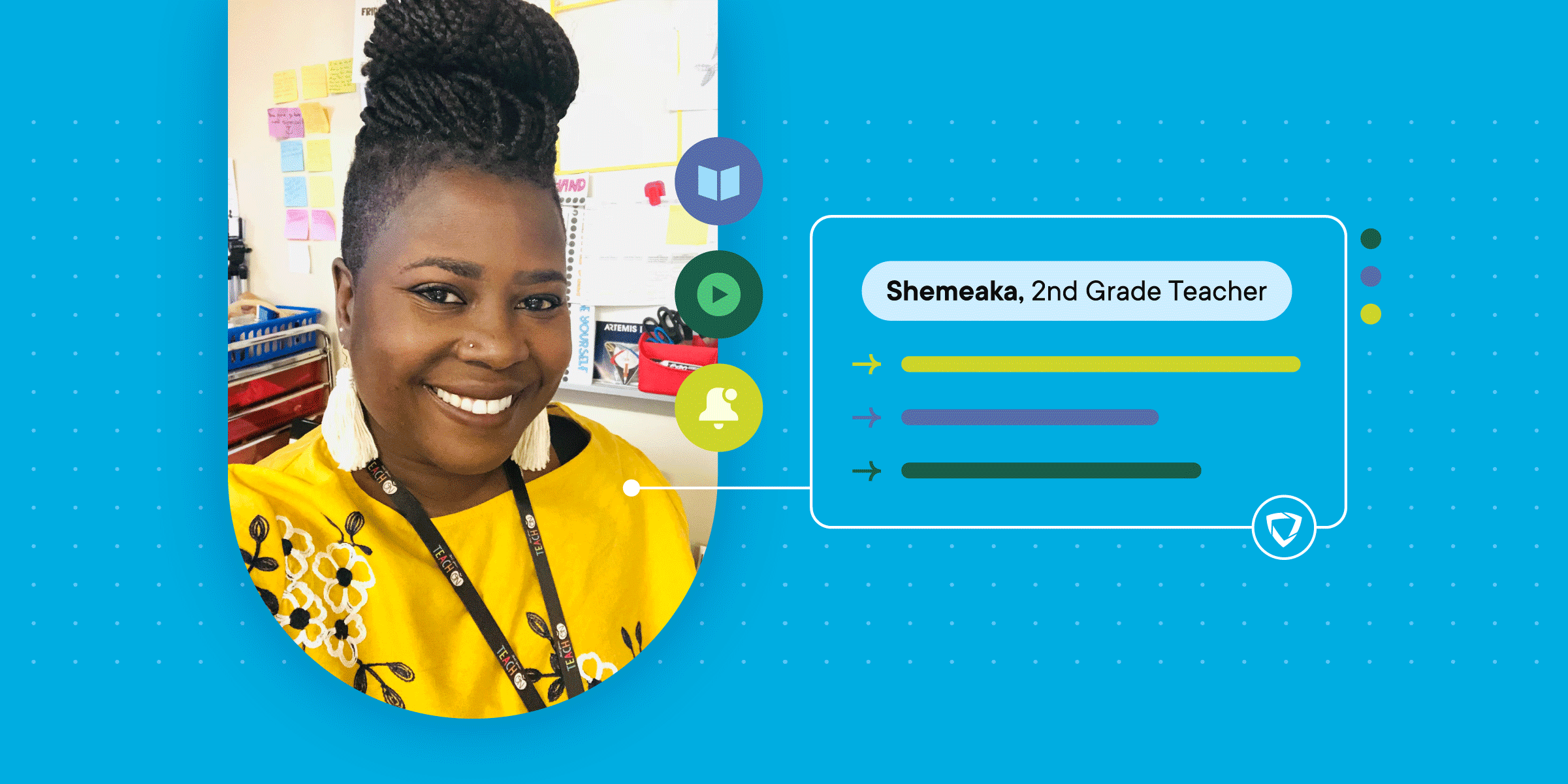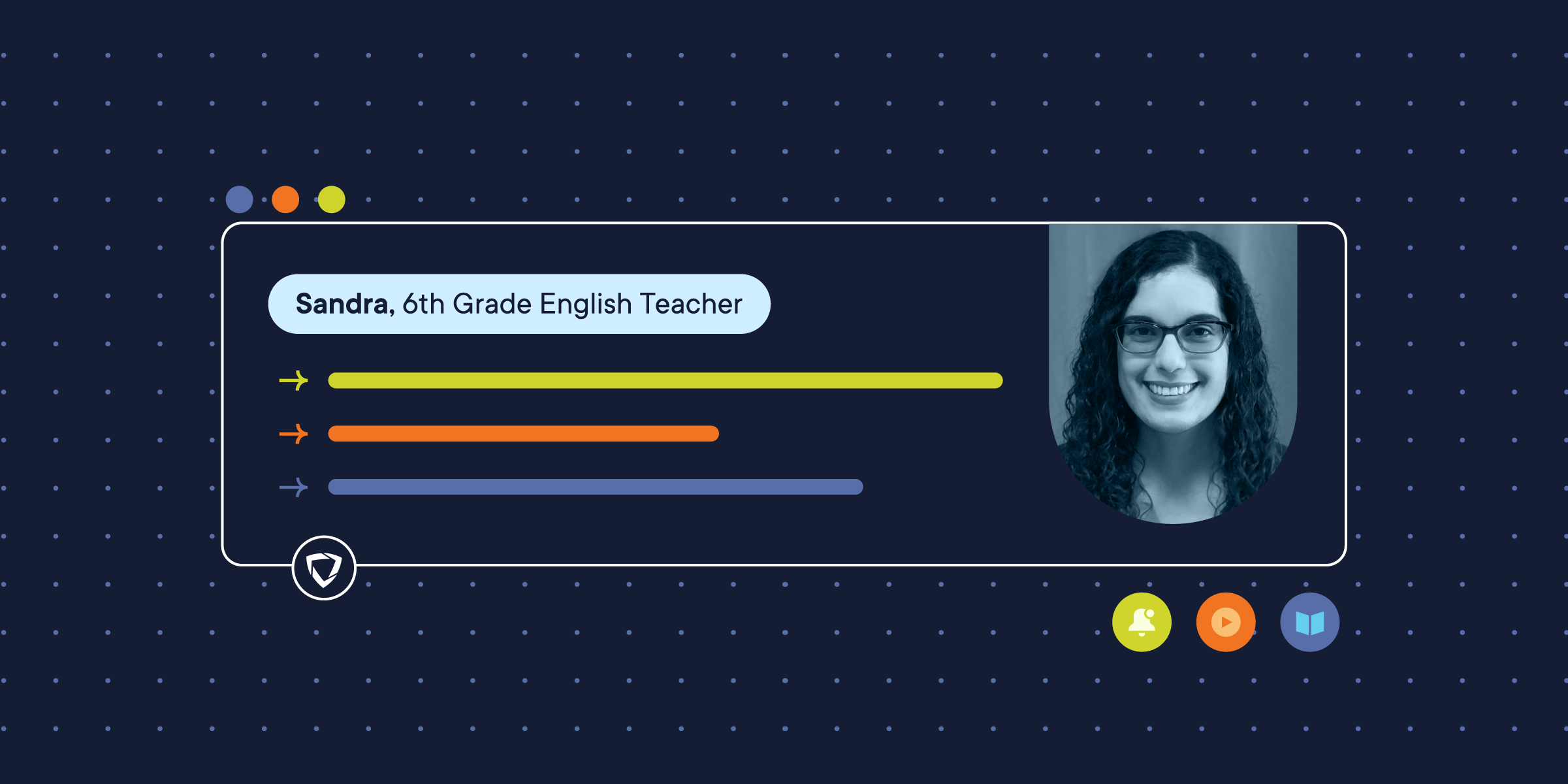
They say good things come in threes: the “rule of three” is invoked across mediums, from folk tales to blockbuster trilogies. The principle of omne trium perfectum, that suggests information presented in a triad is inherently more perfect or effective, still holds water today. At GoGuardian, we approached our three-part Benchmark Report with this in mind.
In Parts I and II of GoGuardian's 2018 Benchmark Report, we learned what websites students are engaging with most, and how students are using their devices at home compared to at school. In Part III of the Benchmark Report, we examined the aggregate device usage of 5 million students and took take a deep dive into trends in school filtering.
The data found in the third, and final part of our report revealed two major findings:
1) More students are using Chromebooks than ever before.
2) The number of blocked websites more than doubled from 2016 to 2017, across all grade levels. Check out a comprehensive list of the most-blocked sites on school Chromebooks here.
Read on to discover our full findings...and the full satisfaction of completing the triumvirate.
Finding #1: A Surge in Chromebook Use
Data shows that more students are using Chromebooks in schools than ever before. From 2016 to 2017, the numbers billowed, with the highest growth taking place among high school students. In one year, Chromebook usage grew at a staggering rate of 54% among high school students, 47% among middle school students, and 41% among elementary school students.
This data falls in line with the overarching trend of Chromebooks commanding a dominant share (specifically 58%) of the K-12 education market. In a 2017 report, research firm Futuresource Consulting points to the reasons that Chromebooks have outperformed its competitors Apple and Microsoft.. As Futuresource put it,"The strong combination of the affordable devices productivity tools via G-Suite, easy integration with third party platforms, task distribution via Google Classroom and easy device management remains extremely popular with US teachers and IT buyers alike.” Affordable and accessible, Chromebooks have become akin to a “populist iPad,” winning the popular vote among schools and students alike.
The rise in Chromebook use also parallels an increase in the overall scope of student-driven online use. Students are more actively engaged with the digital world than ever before. Our data shows a vast increase in the sheer number of websites visited by students in the fall of 2017, compared to the fall of 2016. The number of sites visited monthly, per student, grew 98% among high school students, 145% among middle school students, and 135% among elementary school students. Students aren’t just using Chromebooks more, they are using the internet more...which points to our next finding: an increase in blocked sites.
Finding #2: The State of Filtering in Schools
With students visiting more websites than ever before, schools have adopted filtering solutions like GoGuardian to better manage online activity. With online filtering, schools can focus students on school-related tasks, comply with federal and state laws, and empower students to explore the internet safely.
In Part III of the Benchmark Report, we also examined the number of sites blocked by filters, as well as the most commonly blocked sites on school devices. The data shows that the average number of websites blocked per month more than doubled from 2016 to 2017 across grade levels.
The average number of sites blocked per month grew 193% for elementary school students, 140% for middle school students, and 173% for high school students. Interestingly, the growth rate of blocked sites was highest at the elementary school level, which also reflects the increase in elementary school students on devices from 2016 to 2017.
Not surprisingly, among the most commonly blocked sites were entertainment-based sites, ranging from Netflix to Pandora, and social media sites such as Facebook - the third most-blocked site. Cool Math Games was the most-blocked site overall, and similar educational gaming sites also made the top ten.
Ultimately, with great freedom comes great responsibility: with the rise of Chromebooks comes an even greater responsibility to teach students how to use their devices to best support learning. As Part III of our Benchmark Report shows, students are exploring more sites on their Chromebooks than ever before. As technology is now a mainstay in the classroom, filtering solutions will continue to play a pivotal role. Most importantly, the need to teach digital citizenship will be paramount.









